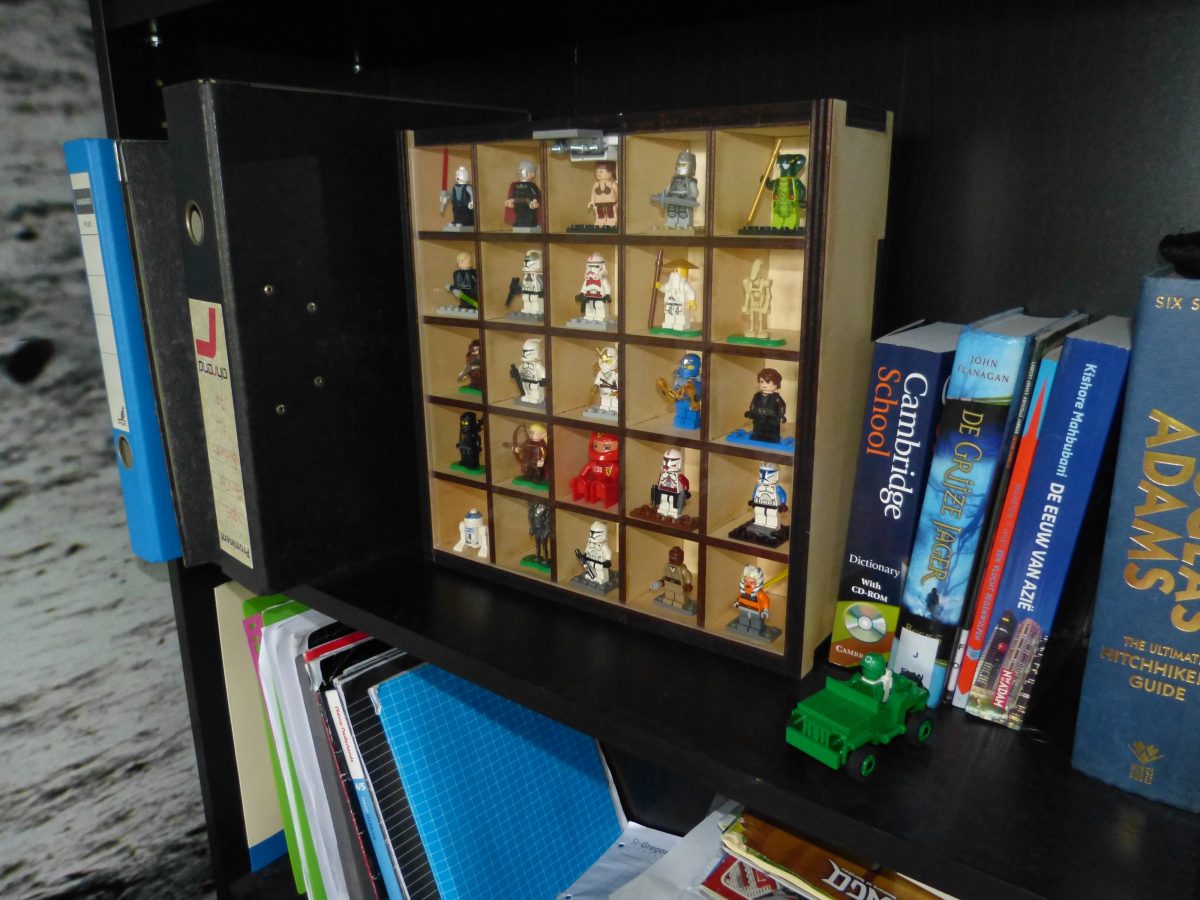Making a woorden Lego cabinet for all this minifigs is easy and cheap. You do need a laser cutter for this project.
DIY Lego Cabinet
- Post author By Eric Buijs
- Post date November 22, 2016
- No Comments on DIY Lego Cabinet

- Tags 3d modeling, laser cutting, woodworking